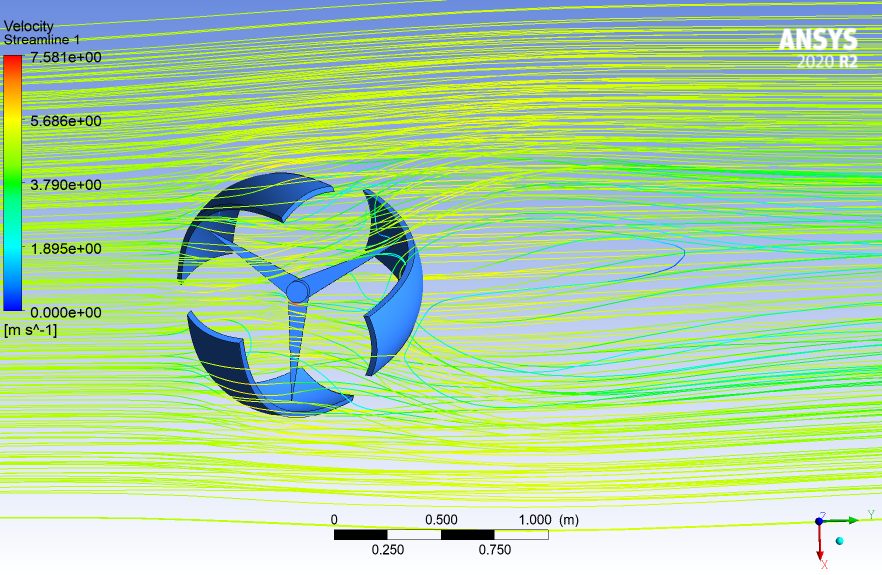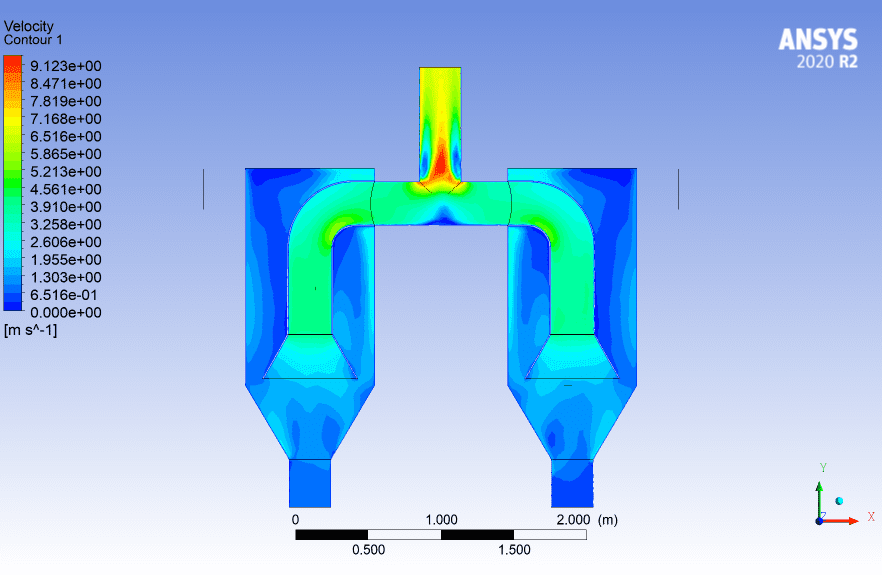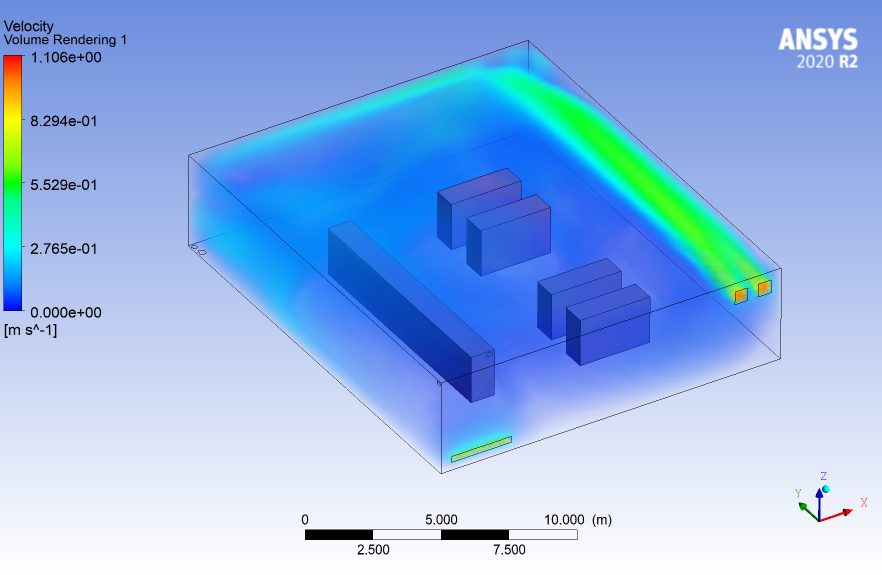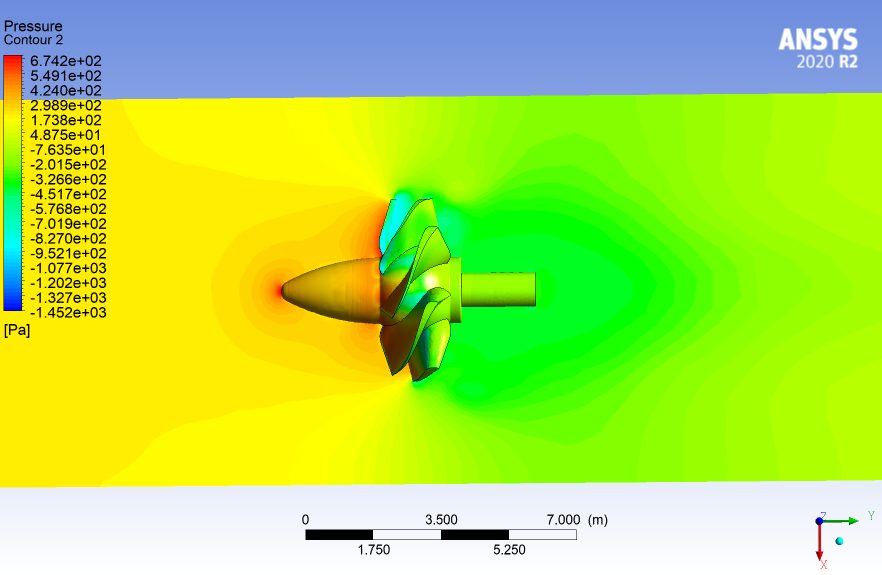ANSYS freelance: The field of engineering and simulation is constantly evolving, and at the heart of this evolution is ANSYS. ANSYS, a comprehensive software suite, plays a pivotal role in enabling engineers to simulate and analyze a wide array of complex systems and designs. From evaluating structural integrity to predicting how fluids will behave, ANSYS is the go-to solution for engineers across various industries. But what makes ANSYS truly remarkable is its power to optimize designs, cut costs, and enhance product performance. This introduction sets the stage for a discussion on how ANSYS and freelancing converge to create a unique and exciting opportunity for professionals in the engineering world. As the world becomes increasingly dependent on sophisticated technology, the role of ANSYS and the demand for ANSYS freelancers have never been more pronounced.

The Benefits of Using ANSYS Software
To comprehend the allure of ANSYS, one must explore the myriad benefits it offers to engineers and organizations. ANSYS is more than just software; it’s a toolbox filled with powerful tools and features that allow engineers to conduct complex simulations with relative ease. Its user-friendly interface simplifies the otherwise daunting task of engineering simulation. Engineers can virtually test their designs under various conditions, ensuring that products are not only safe and reliable but also cost-effective. For instance, in the automotive industry, ANSYS can simulate how a car frame will respond to various stress factors, leading to a safer and more efficient vehicle. Whether it’s analyzing the aerodynamics of an aircraft, understanding the thermal dynamics of a new consumer electronic, or predicting the behavior of a medical device, ANSYS empowers engineers to make informed decisions, ultimately saving both time and resources.

The Growing Demand for ANSYS Freelancers
As technology continues to evolve, so does the need for professionals who can harness the power of ANSYS. Companies in diverse sectors such as aerospace, automotive, renewable energy, and healthcare are recognizing the value of ANSYS simulation, and they are on the lookout for experts who can assist in their projects. This growing demand for ANSYS-savvy professionals creates a significant opportunity for freelancers. These professionals offer flexibility, specialized knowledge, and a fresh perspective on engineering problems, making them invaluable to organizations. With the world’s engineering landscape becoming increasingly competitive and dynamic, the role of ANSYS freelancers is only set to grow, ensuring a steady stream of projects and opportunities for those who are skilled in using this powerful software suite.
Key Skills Required for ANSYS Freelancing
While the prospect of becoming an ANSYS freelancer is enticing, it’s essential to understand the skills required to excel in this field. Proficiency in ANSYS software is, of course, paramount. Engineers must have a deep understanding of how to use the software for various simulations, whether it’s finite element analysis, computational fluid dynamics, or electromagnetic simulations. However, technical skills are not the only focus. Effective problem-solving skills, attention to detail, and the ability to communicate complex engineering concepts to non-technical clients or team members are equally crucial. Being adaptable and capable of working independently or as part of a team is a hallmark of a successful ANSYS freelancer.
How to Get Started as an ANSYS Freelancer
Embarking on a career as an ANSYS freelancer is an exciting journey filled with possibilities, but it can also be a daunting endeavor if you’re unsure where to begin. First and foremost, it’s vital to ensure that you have a robust grasp of ANSYS software and its various applications. This includes understanding the different modules and their use cases. Once you’re confident in your ANSYS skills, it’s time to set up your workspace. Having the right hardware and software infrastructure is essential, as ANSYS simulations can be resource-intensive. Additionally, freelancers often work remotely, so a reliable internet connection is a must. You’ll also need a dedicated workspace that’s free from distractions, allowing you to focus on your projects effectively.

One of the challenges new freelancers often face is building their client base. A great place to start is by reaching out to your existing network of contacts in the engineering field. Let colleagues, professors, and mentors know that you’re open for business as an ANSYS freelancer. Networking events, both in person and online, can also be an excellent way to meet potential clients and collaborators. Websites and forums dedicated to engineering and simulation are treasure troves of opportunities. Online freelancing platforms like Upwork, Freelancer, and Fiverr are also popular avenues to find projects. Creating a compelling profile on these platforms, showcasing your expertise, and detailing your experience can significantly improve your chances of being hired.
Freelancing Platforms for ANSYS Engineers
The advent of online freelancing platforms has revolutionized the way professionals find work and how businesses hire talent. ANSYS engineers and freelancers can benefit immensely from these platforms. Not only do they provide a centralized hub for finding projects, but they also offer a sense of security and transparency for both clients and freelancers. Platforms like Upwork, Freelancer, and Fiverr have extensive categories dedicated to engineering, simulation, and ANSYS-related work. To get started, create a profile on your chosen platform. Your profile should serve as your digital resume, highlighting your expertise, past projects, and client reviews.
Once your profile is set up, you can browse through available projects or create service listings, describing the specific ANSYS services you offer. Clients often search for freelancers based on their skills, so ensure your profile is optimized for relevant keywords. When you find a project that aligns with your expertise, you can submit a proposal outlining your approach, timeline, and pricing. It’s essential to be competitive while setting your rates, especially when you’re just starting. As you gain more experience and positive reviews, you can gradually increase your rates.

Another advantage of freelancing platforms is the security they offer. Many platforms offer escrow services, where clients deposit funds that are released to you upon project completion. This ensures that you’re compensated for your work, and clients receive what they pay for. As you complete more projects and build a solid reputation, clients may reach out to you directly, reducing the need to bid on projects actively. With these platforms, ANSYS engineers can find a steady stream of projects, allowing them to focus on their work rather than worrying about marketing and client acquisition.
Setting Your Rates and Earning Potential
Setting your rates as an ANSYS freelancer is a critical aspect of your freelancing journey. Pricing your services appropriately ensures that you’re fairly compensated for your expertise and the effort you put into projects. Several factors influence your pricing structure, and understanding them is crucial. First and foremost, your level of experience plays a significant role. If you’re just starting, it’s advisable to set competitive rates to attract your first clients. As you gain more experience and positive reviews, you can gradually increase your rates to reflect your growing expertise.
The complexity of the project is another important factor in pricing. More intricate simulations or analyses may command higher fees. The timeline for project completion is also relevant; clients who need quick turnarounds might be willing to pay more. Additionally, industry demand can influence rates. If there is a shortage of ANSYS freelancers with your particular skills, you may be able to charge a premium for your services.
To determine your rates, it’s helpful to research what other ANSYS freelancers are charging for similar services. This can give you a benchmark to work from. Keep in mind that your rates should also account for overhead costs, such as software licenses and hardware maintenance. Remember that freelancing is a dynamic field, and it’s not uncommon to adjust your rates over time as your skills and reputation grow.
While it’s essential to earn a competitive income, it’s equally vital to strike a balance that ensures you remain attractive to clients. Overpricing can deter potential clients, while underpricing may undervalue your skills and expertise. Finding that sweet spot where you are compensated fairly and clients feel they are receiving value for their investment is the key to a successful freelancing career as an ANSYS engineer.

Building Your Freelance Portfolio
As an ANSYS freelancer, your portfolio is your showcase of skills and achievements. It’s a powerful tool for attracting clients and demonstrating your expertise. Your portfolio should be a curated selection of your best work, showcasing your ability to tackle various projects. Here are some essential steps to help you build an effective freelance portfolio:
- Select Your Best Work: Choose projects that best represent your skills and capabilities. These could be projects that challenged you, demonstrated your problem-solving abilities, or had a significant impact on a client’s objectives.
- Provide Detailed Descriptions: For each project in your portfolio, include a comprehensive description. Explain the client’s goals, the challenges you faced, and how you solved them using ANSYS software. Include details that show your expertise and the value you provided.
- Visuals and Results: Incorporate visuals such as graphs, charts, or images that illustrate your work. Results matter, so highlight how your simulations or analyses led to improvements in the client’s project.
- Client Testimonials: If you have received positive feedback from clients, showcase their testimonials. Testimonials provide social proof of your skills and professionalism.
- Categorize and Organize: Group your projects into relevant categories, making it easier for potential clients to find examples of work that align with their needs.
- Continuously Update: Your portfolio should be a living document that evolves with your skills and experiences. Regularly update it with new projects and achievements to keep it current and relevant.
Having a well-organized portfolio demonstrates your commitment to your craft and gives clients confidence in your abilities. It’s a powerful tool for ANSYS freelancers to stand out and attract clients who value their expertise.
Challenges and Tips for Success
While ANSYS freelancing offers a wealth of opportunities, it’s not without its challenges. One of the primary hurdles is the competitive nature of the field. With a growing number of engineers venturing into freelancing, it can be challenging to secure projects. To overcome this, it’s crucial to distinguish yourself by continuously improving your ANSYS skills and staying updated with the latest software developments. Additionally, managing client expectations and ensuring clear communication is essential. ANSYS projects often involve complex technical details, and conveying these concepts to non-technical clients can be demanding. Effective communication, both in writing and verbally, is key to success. Lastly, freelancers often work independently, which can lead to isolation. To counter this, consider networking with other freelancers, attending industry events, and seeking mentorship. Overcoming these challenges can pave the way for a successful ANSYS freelancing career.
Networking and Building Client Relationships
Successful ANSYS freelancers understand the importance of networking and building strong client relationships. Networking opens doors to new opportunities, whether through referrals from colleagues or meeting potential clients at industry events. It’s essential to stay active in relevant online communities and forums, where you can share your expertise, answer questions, and establish your presence as a knowledgeable professional. Building relationships with clients is equally crucial. Consistent, clear, and professional communication is the foundation of a strong client-freelancer relationship. It’s vital to be responsive, meet deadlines, and provide updates on project progress. Going the extra mile and exceeding client expectations can lead to long-term partnerships and recurring work. A satisfied client is more likely to return for future projects and recommend your services to others. Building a network and maintaining strong client relationships are key to long-term success in the world of ANSYS freelancing.

Staying Updated with ANSYS Developments
In the dynamic field of engineering simulation, staying updated with the latest ANSYS developments is not just beneficial; it’s essential. ANSYS regularly releases new versions of its software, introducing improvements, new features, and enhanced capabilities. Staying informed about these updates ensures that you can take full advantage of the software’s capabilities. It also allows you to offer cutting-edge solutions to your clients. ANSYS offers various resources for staying updated, including webinars, tutorials, and documentation. Subscribing to ANSYS newsletters or joining user communities can also provide valuable insights into recent developments. Continuous learning and professional development are essential for ANSYS freelancers to remain competitive in a rapidly evolving industry. Embracing the latest ANSYS advancements can set you apart from the competition and enhance your reputation as a top-notch freelancer.

Conclusion: Embracing ANSYS Freelancing
ANSYS freelance: In conclusion, embracing ANSYS freelancing opens up a world of opportunities for engineers with a passion for simulation and analysis. ANSYS, as a powerful software suite, not only empowers professionals to create innovative and optimized designs but also offers a pathway to a rewarding freelancing career. As the demand for ANSYS experts continues to rise in industries spanning aerospace, automotive, healthcare, and more, the potential for freelancers in this field is enormous. To succeed, one must possess the right combination of technical skills, problem-solving abilities, and effective communication.
Getting started in ANSYS freelancing involves setting up your workspace, networking with peers and clients, and actively seeking projects. Freelancing platforms like Upwork and Freelancer provide convenient avenues to connect with potential clients, and setting competitive rates while considering project complexity is key. Building a standout portfolio showcases your abilities to potential clients, and continuous learning is crucial to staying competitive in this rapidly evolving field. Challenges are a part of the journey, but they can be overcome with dedication and networking. In essence, ANSYS freelancing offers a unique and exciting path for engineers to make a significant impact while enjoying the freedom and flexibility of freelance work. It’s a journey worth embarking on for those seeking both professional growth and independence.



